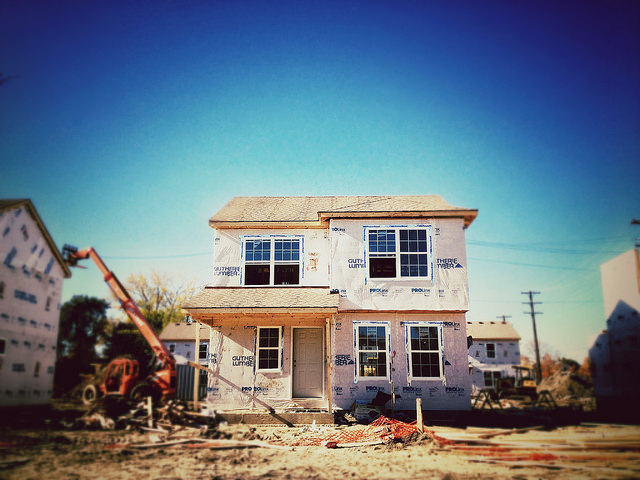For a lot of people, buying a home is both exciting and a little bit intimidating. On the one hand, it’s seen as a vital part of achieving the American dream and, on the other, it’s a major financial undertaking that comes with some real risks. So what are some of the top fears of potential home buyers? Well, according to one recent article, the biggest fear is that their new house will fall in value. Considering recent history, this isn’t a surprising concern, but it is one that can be addressed. With the help of a knowledgable real-estate agent, you can pinpoint the dangers of a particular property and weigh them against potential positives like good schools and nearby amenities. Sure, you can’t be 100 percent sure about what the future holds, but you can protect yourself by buying in a good neighborhood with a history of holding its value. The costs of homeownership are another big concern among prospective buyers. Not only do buyers worry about being able to handle their mortgage payment but they also worry about potential maintenance costs. One way to protect yourself is to make sure you know what you’re getting. Look for a property that has had some of its major features – such as the roof or furnace – recently upgraded or replaced. Another fear is buyer’s remorse. This is natural. The best way to handle it is to be sure you know what you’re looking for, what you will compromise on, and what you won’t consider. Also, lean on the experienced professionals you’ve hired to help you along the way. The best insurance against any future regrets is doing your homework and heeding the advice of your agent and mortgage lender. More here.













